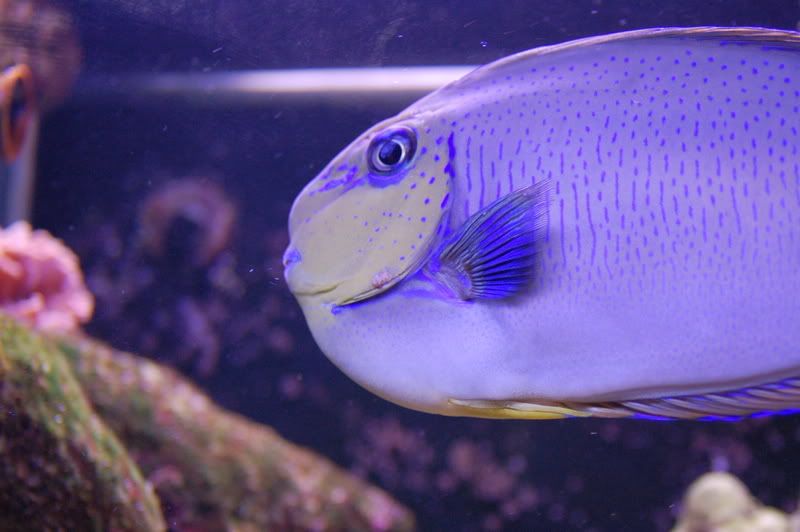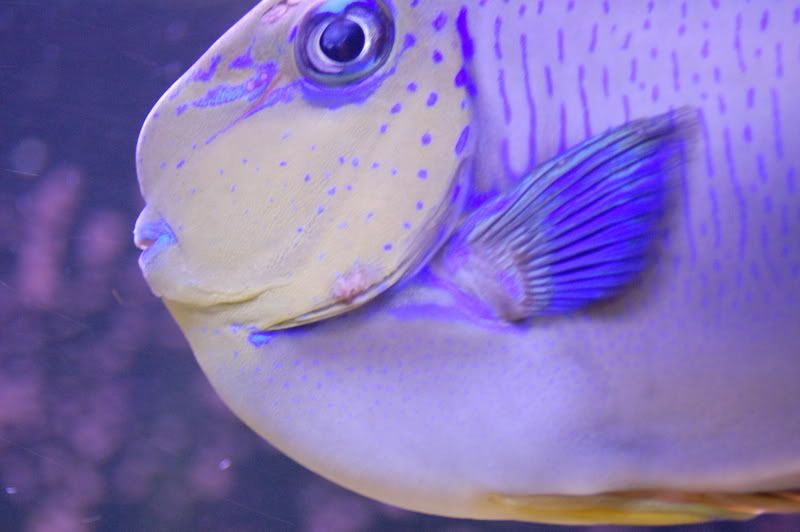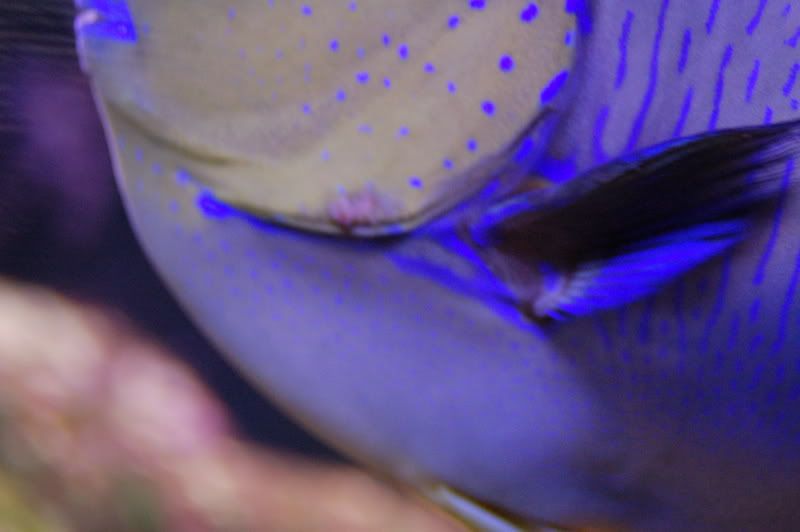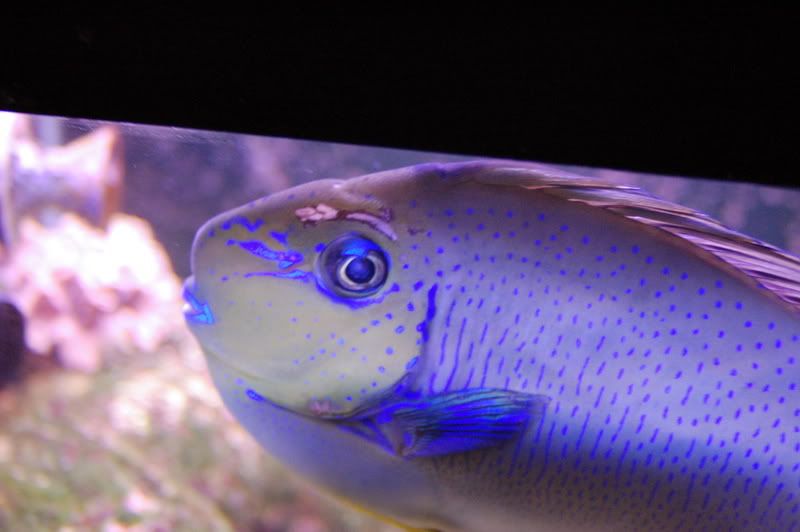Alexander
Reef enthusiast
Hey guys I came home tonight and immediately was freaked out when i looked in the tank. Jack has this for lack of better word "deal" on his gill. Is this for sure ich? If not, what is it? Also, ideas of what i should do to treat it other than crossing my fingers and riding it out? he is a little too big for a QT of any kind. Thanks in advance guys (and girls)







